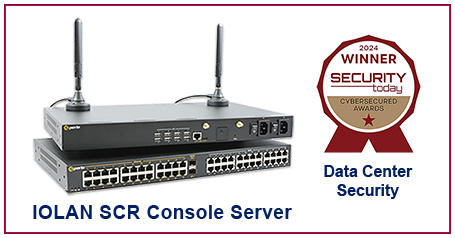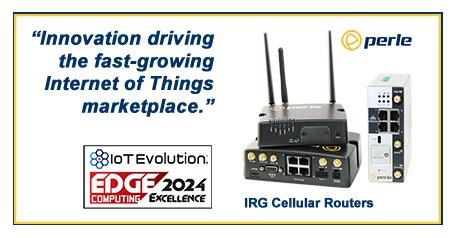
Areas Where Interconnectedness Between Devices Is Weak
By Max BurkhalterFebruary 2, 2023
Almost everyone connects to technology in some way every day. Whether it's at home or at the workplace, we've come to depend on the interconnectivity of devices and systems. From an app on your smartphone that allows you to check your calendar and find a nearby restaurant to a program on your computer that allows you to communicate with your boss via video conferencing, there are many ways to use technology to stay connected. These devices need to connect with each other, even when we're not actively using them. Industrial switch can be programmed to automatically turn on the l when the sun sets, that same switch needs to be able to communicate with a cloud service to make that happen. As more and more devices become connected, it becomes even more important that they can communicate with each other. interoperability comes in. Although it may seem like these connections are flawless, there are weaknesses that may not be recognizable now but could become a problem for the end user.
One such weakness is the interoperability standards that complicate connectivity in the internet of things (IoT) devices. TechTarget points out that in an enterprise or home setting, there are three types of IoT interoperability. These are technical, syntactic and semantic. Technical interoperability is the ability to physically connect devices with each other, such as a printer through Bluetooth and a laptop via USB. Syntactic interoperability is the ability to speak the same language, such as how languages like TCP/IP and HTTP allow devices to talk to each other. Finally, semantic interoperability is the ability to understand the meaning of the information that is sent and received.

The weakness is that organizations must consider what each of these types of interoperability is and how to handle them to ensure a seamless experience for the end user. The IoT is a vast and diverse network and when endless devices are connected to each other, the only way to ensure that they can all communicate with each other is through an open standard that is not proprietary.
In many settings, even the basic connection is flawed, especially when every critical device is connected in a different way. This creates the need for the creation of a network that is able to handle the complexity of the IoT, and is capable of managing the diversity of devices. This network should have the ability to integrate devices, especially as they become more advanced – and handle them at scale. Luckily, the information technology (IT) industry continues to work to develop this, but there is a chance that the industry could slow down due to the complexity of the IoT.
Trust the Perle connectivity experts
Perle Systems partners with the best IoT device manufacturers to offer a complete line of hardware and software products to help you implement your IoT solutions. From industrial switches to networking equipment, you can find everything you need in one convenient location. Reach out to learn more or visit our Case Studies by Industry page.



